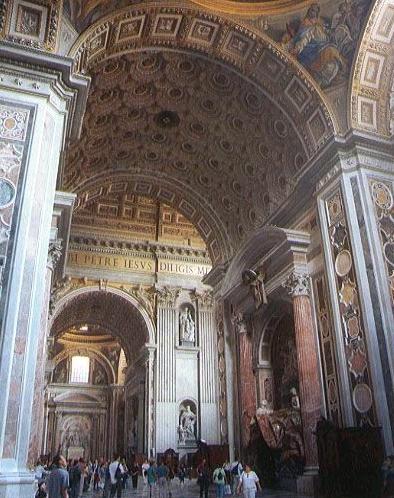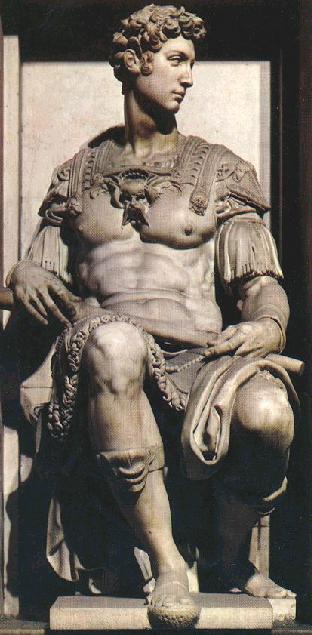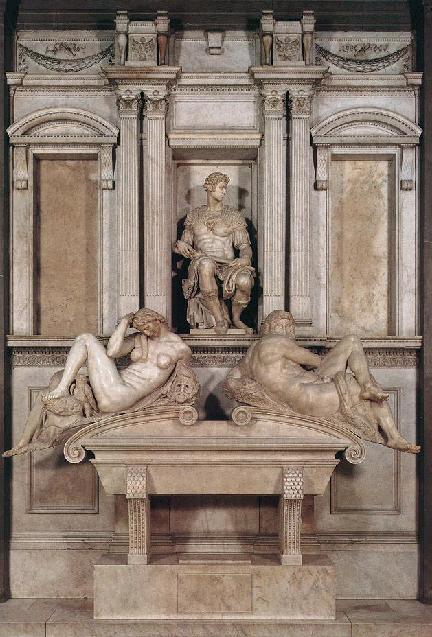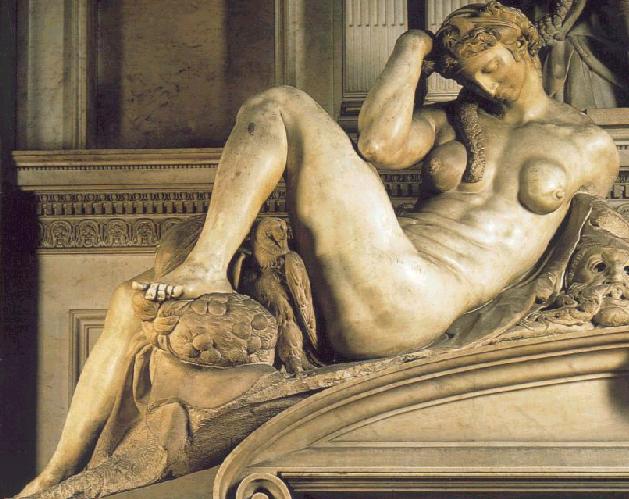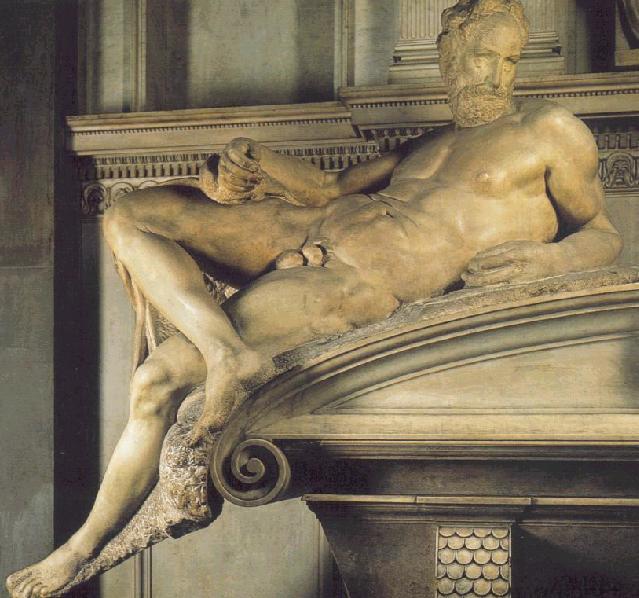
Candida Martinelli's Italophile Site

Main
Page This family-friendly site celebrates Italian culture for the enjoyment of children and
adults. Site-Overview
Visit my Italian History pages
Lorenzo the Magnificent's other sons made their stamps
on history, too.
In those days, Cardinal appointments
were purchased by wealthy families for their minor sons. It
was not a sign of religiosity, as the number of children fathered by
Cardinals and Popes at that time demonstrates.
All the de' Medici were famous patrons of artists and architects, many of whom did both,
like Raphael who built a palace
for Cardinal Giulio de' Medici in Rome, and took over the building of
the new St. Peter's for Pope Leo X.
Panorama of St. Peter's at the Vatican City in Rome
Raphael also painted this
famous portrait of Pope Leo X, his cousin Cardinal Giulio de' Medici,
and another cousin, Cardinal de' Rossi.
Pope Leo X also hired Raphael
to design a series of 10 tapestries to decorate the walls of the Sistine
Chapel, to be woven in Belgium by the top weaver of the day.
The
stunning tapestries were completed just before Pope Leo X's death, and
now hang in the Vatican Museums. Faithful to de' Medici tradition
of inserting themselves in the art they commissioned,
Leo X's story of becoming Pope is depicted at the bottom of the
tapestries.
This image of one of them links to the Web Gallery
of Art's
description of it.
So who headed the de' Medici interests from Lorenzo II's death in 1519
to 1530? The only surviving male heirs to the senior de' Medici line were: Rather than let control pass to the junior branch of the family,
which had supported the Florentine Republic against the senior branch,
Pope Lex X took over the family, but had his cousin Cardinal Giulio run the
daily family interests in Florence. Cardinal Giulio had care of
the younger de' Medici heirs: Alessandro, Ippolito, and Caterina.
Pope Leo X (Pope from 1513 to1521 when he died of malaria) was not a
particularly religious Pope, nor was he a particularly serious man once
he became Pope. He was a glutton, a partier, and couldn't stop
spending money.
Pope Leo X was also an active patron of artist and writers and
of charities for the poor, but he had
the misfortune of being Pope in 1517 when Martin Luther nailed his grievances to
the church door and started the Lutheran Reformation of the Catholic
faith, resulting in the establishment of the Protestant Church.
Pope Leo X's unoriginal response was to
excommunicate Luther. Luther wasn't impressed and publicly burned
the Papal Bull with his excommunication declaration.
One of
Luther's earliest grievances against Pope Leo X was how he raised money
to continue the work on the new St. Peter's. It was a scheme that
involved selling forgiveness in the afterlife, or Papal Indulgences, to
the wealthy so they could skip Purgatory and go straight to Heaven after
they died.
Pope Leo X also sold the 'business' of selling marital dispensations, or
church sanctioned divorces, to a private firm that was guaranteed a certain income for
many years into the future. It all makes one wonder why it took so long
for a Martin Luther to appear on the scene!
Interior of St. Peter's Cathedral at the Vatican
Michelangelo
Pope Leo X hired Michelangelo (all was always forgiven their eccentric
genius and childhood friend, Michelangelo, by the de' Medici) in 1520 to design and decorate a
new family crypt in
the Basilica of San Lorenzo.
The crypt remains one of the most beautiful
examples of Michelangelo's architectural design theories, creating a
classical, formal background that appears to enlarge the room by it's
used of planes and shades of white and gray.
The two
classical statues sit perfectly in their niches, representing Fame and
Glory in their idealized perfection.
Giuliano Duke of Nemours by Michelangelo in the Medici tomb
But what makes
the static, classical setting come alive are the four fleshy, twisted,
human sculptures (it's difficult to remember that they were carved into
marble) representing Dawn, Twilight, Night and Day,
representing the stages of fragile, messy, human life itself.
Michelangelo captured the best and worst of the de' Medici, and all
famed leaders: their idealized legacies poised over their earthly
faults and realities.
Giuliano Duke of Nemours's tomb by Michelangelo in the Medici tomb
The sculptures decorate the tombs of:
Left uncompleted were the tombs for Pope Leo X's father, Lorenzo the
Magnificent, and for Giulio's father, Giuliano de' Medici.
Night by Michelangelo for the Medici Tomb
Day by Michelangelo for the Medici Tomb
Twilight by Michelangelo for the Medici Tomb
Dawn by Michelangelo for the Medici Tomb
Here's a link to a book about Michelangelo and his relationship with the
de' Medici family, in case you want to read more.
To the next section:
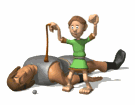
The
de' Medici Dynasty
![]()
The family's history parallels
Italy's history. I've divided it into sections listed in the left
column.
This concise history is a helpful guide to read before
traveling to Florence and the Vatican.
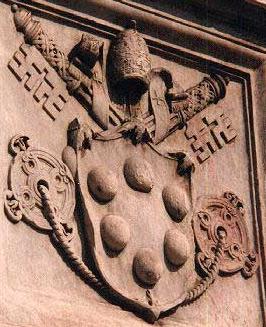
The de' Medici Dynasty and Italian History
The Late-Middle-Ages, Early Renaissance, Giovanni: The Founder
The Early Renaissance, Cosimo and Lorenzo: The Elders
The High Renaissance, Piero and his son, Lorenzo the Magnificent
Florentine Independence and the End of the
Florentine Renaissance, Piero II and Lorenzo II in Exile
The Roman Renaissance, Cardinal Giulio de' Medici and Pope Leo X
(Giovanni de' Medici)
The End of Florentine Independence, Pope Clement VII (Giulio de' Medici), Alessandro, and
Caterina de' Medici
The Late Renaissance, The Grand Duke and Duchess of Tuscany: Cosimo de' Medici
and Eleonora di Toledo
The Age of Discovery, Francesco and Ferdinando: Two Very Different Brothers
The Age of Reason and The Enlightenment, The Decline of de' Medici Reason and Enlightened
Governance
The Roman Renaissance
Cardinal Giulio de' Medici and Pope Leo X
(Giovanni de' Medici)

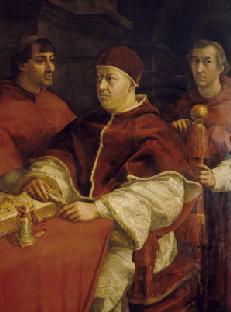
![]()
Cardinal
Giulio De' Medici, Pope Leo X (Giuliano di' Medici, and Cardinal de' Rossi
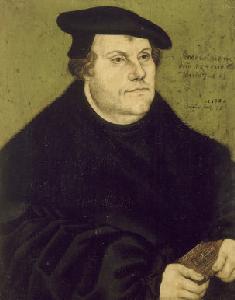
![]()
Portrait of Martin Luther As Reformer
